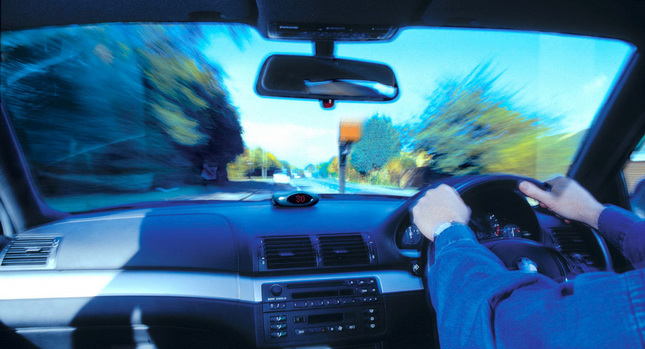No matter where in the world you live, speed cameras are bound to be a hot button item for most drivers and especially automotive enthusiasts. With a recent proposal by the Western Australian Local Government Association (WALGA) suggesting that the operation of and collection of fines from speed cameras in the hands of local government, the issue has once again come to the forefront of public opinion. The big question on many people’s minds is: are speed cameras actually effective at saving lives and preventing accidents?
 First, let’s eliminate any prejudice against speed cameras. I and many others object to the sometimes devious ways our nation’s police force use speed cameras. Camera vans hidden in the bushes, signage placed in front rather than behind the vans and the use of unmarked vehicles have all soured public opinion on this supposed accident-reducing device. This is not about how speed cameras are used; it’s a question of whether or not they actually do what they’re intended to do.
First, let’s eliminate any prejudice against speed cameras. I and many others object to the sometimes devious ways our nation’s police force use speed cameras. Camera vans hidden in the bushes, signage placed in front rather than behind the vans and the use of unmarked vehicles have all soured public opinion on this supposed accident-reducing device. This is not about how speed cameras are used; it’s a question of whether or not they actually do what they’re intended to do.
With that out of the way, let’s move on. A recent meta-analysis (where the results of other studies are combined and analysed) on thirty-five separate speed camera studies by Australia’s Cochrane Collaboration sought to answer this very question. The small team of researchers consisted of members from the Centre of National Research on Disability and Rehabilitation Medicine, Mayne Medical School, The University of Queensland and the Queensland Institute of Medical Research (QIMR) – hardly small beans.
The results of their analysis are as follows. In areas where speed cameras were in use, the percentage of speeding vehicles was reduced by 8% to 70% worldwide, with most areas reporting a reduction of 10% to 35%. Of the 28 studies that analysed crashes, an overall reduction of 8% to 49% was experienced at camera sites. There were 8% to 50% fewer injuries and fatalities, though most reported a reduction of 14% to 25%. In the regions surrounding speed camera areas, anywhere between 9% and 35% fewer accidents were reported, though most showed a reduction of 11% to 27%. All studies showed a reduction in speeding, and the reduction of accidents either improved or remained constant over time.
So there you have it. Speed cameras do save lives. And given how many lives are lost each year, a reduction of even 10% is an improvement. It may be a few more years before we see a study that looks into the effectiveness of visible speed cameras versus hidden speed cameras, though one would think the result would hardly be surprising. So long as the focus stays on saving lives – rather than blatant revenue raising – speed cameras are a force for good on our roads.
By Tristan Hankins
Sources: Onlinelibrary , AIHW & Weekend




